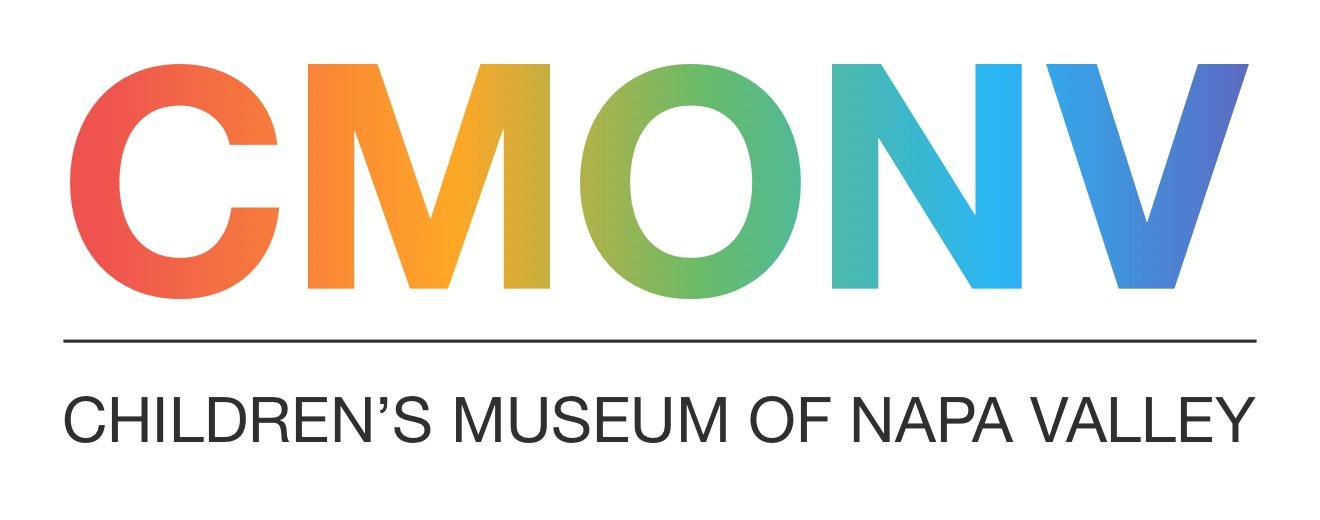SUPPORTING FACTS FOR THE CREATION OF CMONV
The Association of Children's Museums, championing more than 300 museums worldwide, has made the following statements supporting for the creation of children’s museums:
The association's reports on neuroscience in the last decade has confirmed what the social sciences have long contended, that the first years of life are essential to future learning. Grounded in well-established pedagogy, children’s museums are leading a movement that combines specific learning objectives with play in informal learning environments that are developmentally appropriate for infants, toddlers and children. Indeed 80% of the core brain of a child is developed by age 3 and by age 5, some 90% of the core brain is fully developed.
1. Development of essential foundational skills
Helping to balance widespread cultural influences that compress childhood, children’s museums produce programs and exhibits that transcend age, IQ, experience, and empower children to set their own pace.
2. Respect childhood
3. Light a spark for creativity and lifelong learning
Research from the University of Illinois finds that children feel bored as much as 50 percent of the time while at school or doing their homework. At children’s museums, kids become excited about what they are learning while they are playing. As multidisciplinary institutions, children’s museums are defining how to teach the arts, humanities, sciences, mathematics and human relations across generations.
These museums are environments where families connect in meaningful ways. With today’s lifestyle and needs of working families to make the ends meet adults have less time to spend with children. Children’s museums are places away from work and household distractions, where parents and caregivers can spend quality time with children, learn something new themselves and experience the luxury of becoming lost in the present moment as they play.
4. Bring families and their children together
A landmark examination of civic engagement, Working Together: Community Involvement in America indicates that children are one of the most likely subjects to motivate community involvement. Children’s museums engage families and individual citizens to share their talents and points of view.
5. Building social capital
Children’s museums are popular, yet neutral, sources of information, attract a diverse cross-section of people and provide shared experiences through interpretative and interactive exhibits. By exposing adults and children to unfamiliar concepts in a non-threatening, hands-on approach, and ensuring that the museum experience is accessible to those of differing abilities and backgrounds, children’s museums create bridges of understanding.
6. Create bridges of understanding
Children’s museum art, science, math, music, literacy and other exhibits and programs for children are valuable resources, especially in communities where such programs have been reduced or eliminated from schools and libraries due to budget constraints. Additionally, children’s museums hold workshops about informal learning for parents, teachers and childcare professionals.
7. Strengthen community resources that educate and care for children
More than 30 percent of children’s museums are part of a downtown revitalization project. According to ACM data, the total economic activity of its children’s museum members is $448 million.
8. Contribute to local economies
More than 30 million individuals annually visit children’s museums around the world. One in two children’s museums offer discounted/free admission for low-income individuals.”

